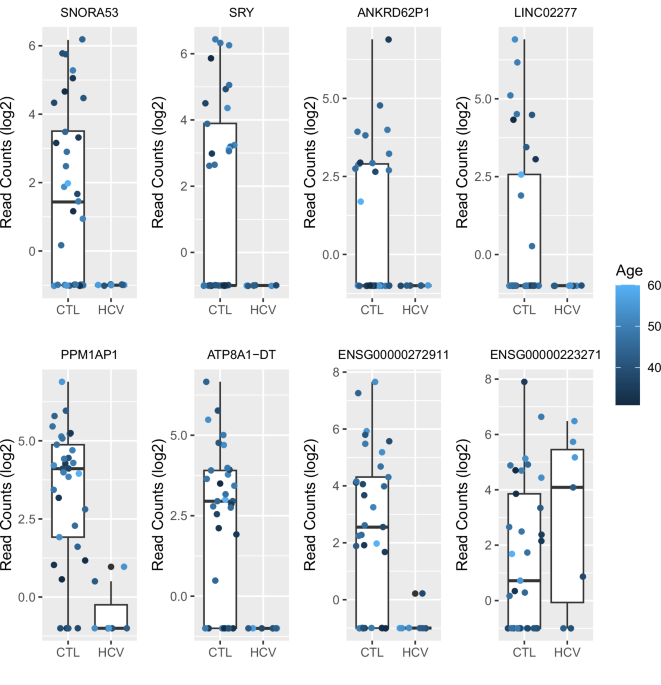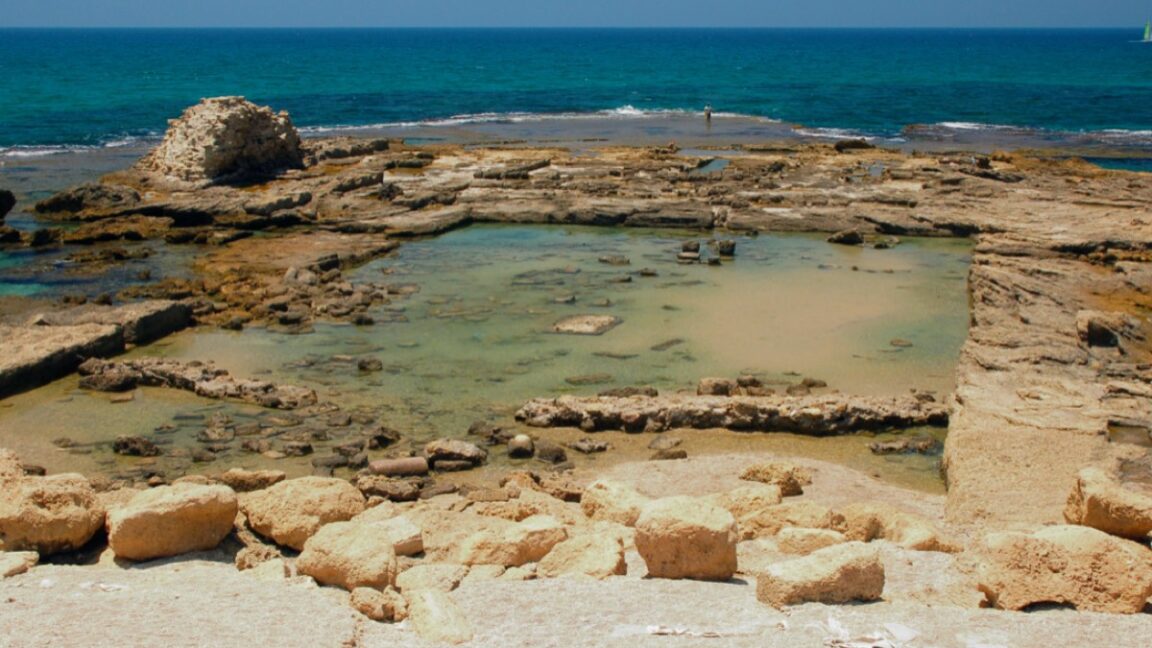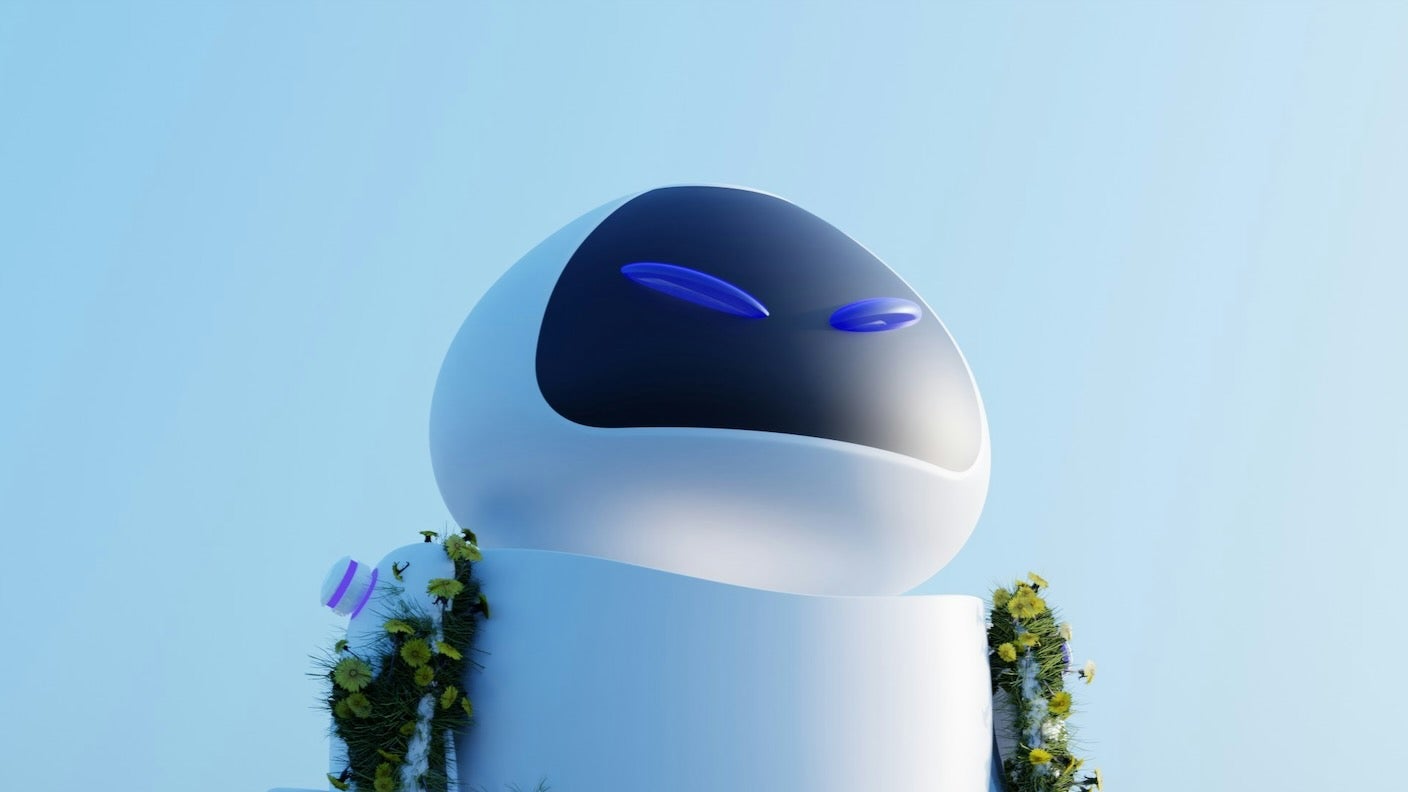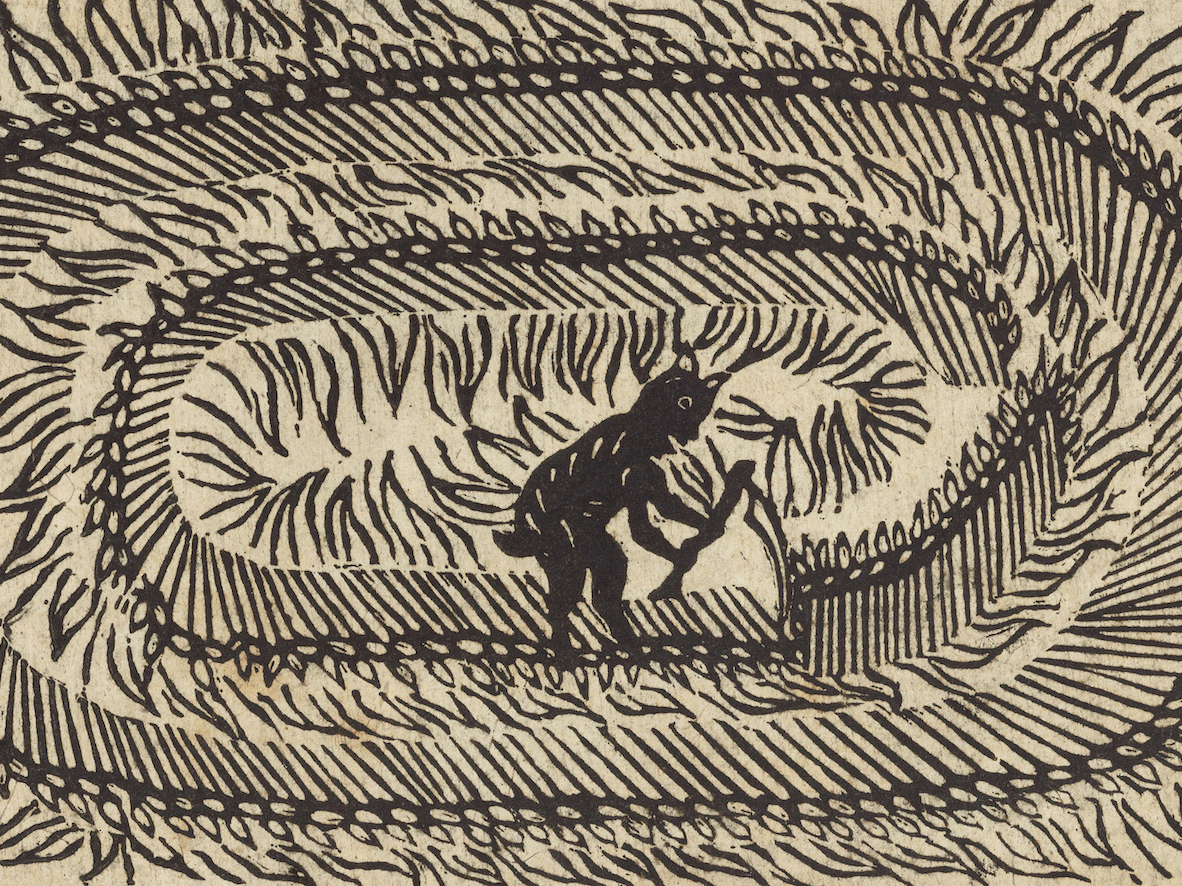
How the Oldest Company in the World, Japan’s Temple-Builder Kongō Gumi, Has Survived Nearly 1,500 Years
If you visit Osaka, you’ll be urged to see two old buildings in particular: Osaka Castle and Shitennō-ji (above), Japan’s first Buddhist temple. In beholding both, you’ll behold the work of construction firm Kongō Gumi (金剛組), the oldest continuously run company in the world. It was with the building of Shitennō-ji, commissioned by Prince Shōtoku Taishi in the year 578, that brought it into existence in the first place. Back then, “Japan was predominantly Shinto and had no miyadaiku (carpenters trained in the art of building Buddhist temples),” writes Irene Herrera at Works that Work, “so the prince hired three skilled men from Baekje, a Buddhist state in what is now Korea,” among them a certain Kongō Shigetsu.
Thereafter, Kongō Gumi continued to operate independently for more than 1,400 years, run by 40 generations of Kongō Shigetsu’s descendants. By the time Toyotomi Hideyoshi had the company build Osaka Castle in 1583, it had been established for nearly a millennium. In the centuries since, “the castle has been destroyed repeatedly by fire and lightning,” Herrera writes. “Kongō Gumi prospered because of these major reconstructions, which provided them with plenty of work.” Throughout most of its long history, an even steadier business came from their specialty of building Buddhist temples, at least until serious challenges to that business model arose in the twentieth century.
















